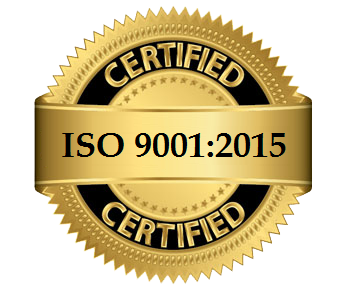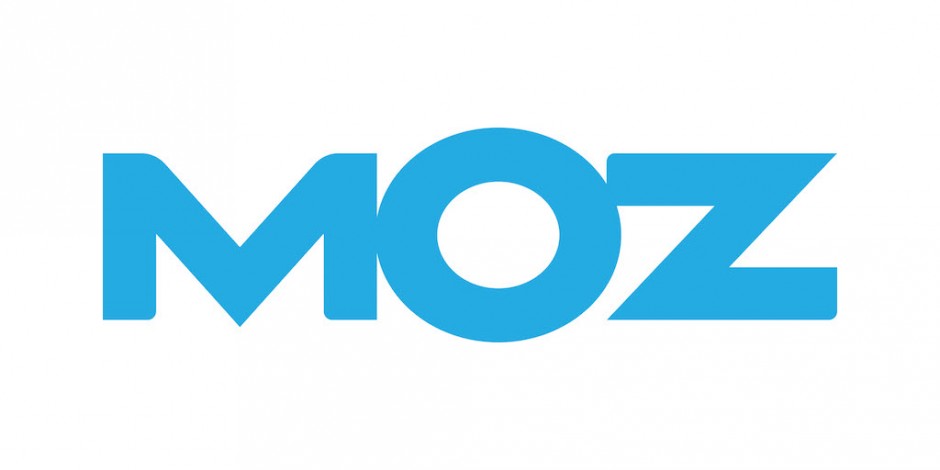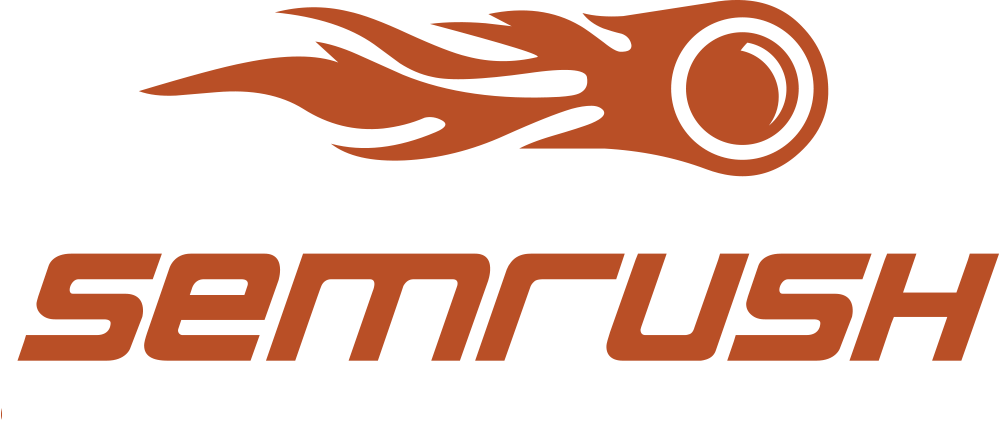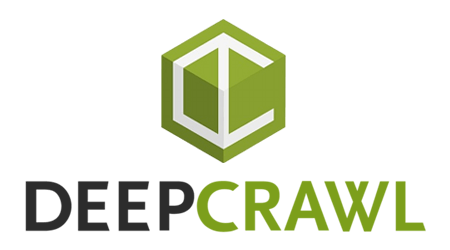Local SEO Strategy Is Highly Targeted
The most challenging aspect of any marketing strategy is targeting the right potential customers at the right time.
Local search SEO does the targeting for you.
In most cases, customers searching for local businesses have already made their mind about a purchase. So a person searching for a cafe, a bakery, or a restaurant is pretty much a qualified lead. Your job is simply to convince them to choose your business.
Going by search trends and statistics, a lot of people search for local businesses and services. Searches like “electricians near me” or “legal expert in my city” are pretty common.
The results become even more targeted when the user is on a mobile phone. Their search may be connected to an app like Google Maps, Apple Maps, Bing Maps, or other similar apps. In these cases, the user can get directions to your business and reach there. That means increased foot traffic to your business at minimal effort from you.
Local SEO remains relevant to;
- Physical location and region of your business.
- Location of the search user.
- Search intent.
- The relevance of the search.
- Physical proximity between business and searcher.
Of Localization for the Search
A very important aspect of local SEO services is that they affect only the relevant geographic region. This increases the accuracy of the results and substantially reduces competition. Anyone can rank high for “best pastries”. But for a potential buyer in your region, the result is all about the best pastries they can buy.
This means you don’t have to compete with businesses in other locations for good SERP rankings. Equally important, the results stay relevant to the user searching for information.
Setting Up a Local SEO Strategy for Google My Business
First things first. This section specifically mentions Google My Business because Google is the preeminent search engine. A comprehensive strategy should also include Google’s competitors. By and large, the process remains similar for other search engines as well. The processes outlined here can be applied across the board.
Overall, knowing how to do local SEO or hyper local SEO includes optimizing for;
- Google My Business
- Bing Places
- Apple Maps Listings
Creating or Claiming Your Business on Google My Business
Creating and claiming your business on Google My Business is fairly simple, and free. I mention claiming because in some cases Google may already have included your business in its local rankings. This is a good step, and claiming your business adds further authority to your position in search rankings.
As such, when you start, Google will offer you two choices:
- Create a new business.
- Claim an existing business.
As you start typing the name of your business, Google will search for existing businesses in its directory and may present listings
It is important to remember that this is not the place to shoehorn keywords into your listing name. Simply enter the name of your business and leave it at that.
Feeding Information and Setting up Your Page
The next step is to enter information about your business for the listing. Google My Business (GMB) is the most powerful local SEO tool. It is important to stay true and consistent with the information you enter.
For example, if your business has multiple phone numbers, avoid making them specific to platform and directories. Don’t use one number for GMB, another for Yelp, and so on.
Consistency is important. It helps the search engines feed on relevant information from different directories and websites.
When entering the address, if you have a physical office or location, you can use that address. If your business has multiple addresses, using location pages will address this issue. You will also have the opportunity to mention that you deliver goods and services to your customers.
This is especially useful for restaurants and other service-area businesses. Searches with the intent of ordering delivery of food may thus see specific businesses prioritized. Of course, this applies to other trades too, including stores, plumbers, electricians, etc.
In the same vein, you can choose to hide your address from the listing. Businesses that do not want foot traffic (i.e. the business is not a shop) can utilize this option. Google will still use the address for verification, but it will not be displayed or available to searchers.
Complete Listing and Optimizing Local SEO
After the above steps, you’ll have to enter the category of your business, website, and phone number. While phone number and website are optional to a listing, they are generally useful for optimization. There is a verification process as well, which will usually be accomplished by means of a postcard or phone. In either case, Google will provide the necessary steps and instructions for verification. You’ll notice the whole process is pretty much standardized.
Yet, there is room for optimization and improvement. Adding more information and optimization will give you an edge in SEO for local business. At the very least, you’ll be ahead of people who complete the bare necessities. These optimization steps include:
- Adding relevant images to your listing.
- Adding more categories, as long as they are relevant.
- Adding opening and closing hours for your business.
- Mentioning any additional amenities you offer.
- Mentioning additional services.
- Employ Google Posts.
Using Google Posts
This is one of those effective local SEO tips that can be achieved with small effort. Google Posts is a micro-blogging platform on GMB. Any updates you make on Google Posts will be visible on the knowledge platform of your GMB listing. A small image is also visible with these updates. It’s a quick way to stay connected and keep searchers updated.
Understanding Citations And NAP
Citations and NAP work as important markers in SEO for local businesses. They represent the available information for a business. In general terms, NAP represents Name, Address, and Phone number (of a business). Additional information like website or URL may also be included.
These citations for a business are available online and may be accessible across different methods. For example, a business may have been listed on local directories, GMB, Facebook, Bing, Yelp, etc.
Citations of a business must remain consistent throughout platforms. Having citations of a business in multiple locations is expected and encouraged. As is the consistency of the information.
Citations are a foundational aspect of local SEO. If you find any directories of websites providing incorrect information on your business listing, try having the information corrected. Similarly, remember to update citations if you make changes like business name, phone number, category, etc.
Generally, citations are available in structured and unstructured formats.
- Structured citations provide structured information like that presented in GMB listings. There are clear fields for the business name, address, phone number, etc.
- Unstructured citations do not divide information into specific fields. These are results of likely mentions in local news and media, social platforms, and reviews.
Citations are important and should be considered necessary as part of any local SEO guide. Engaging with and working on citations is necessary.
Leveraging Local SEO Strategies on the Web
As we’ve noticed, there is a marked difference between general SEO and optimization for local businesses. There are, however, overlaps as well, which should be used for better results. They seem similar, but the direction should stay towards local SEO.
Engaging On Social Media
Having a social media presence helps to engage with your potential customers. It also helps increase citations and create greater awareness of your business. Depending on the local popularity of networks and your resources, you can have a presence on Facebook, Twitter, Pinterest, etc.
Encourage Reviews
Positive reviews from customers are a great indication for search engines as well as potential customers. Encourage customers to post reviews online and when possible, respond to those reviews.
When the situation permits it, do try to work in the product/service and location in your response.
Engage With Local Events and Community
Engaging with local events can drive up citations for your business. This, in turn, makes it appear a stronger candidate to search algorithms. It is an excellent strategy for SEO for small business and contributes to the community.
You could host or sponsor a seminar on local businesses, offer scholarships, and engage with local organizations. Point is, the more easily recognizable a business is in a location, the more trustworthy it appears.
This can also lead to local news, businesses, and organizations linking to your business from their webpage's. Acquiring authority back links is usual for conventional SEO and remains useful for local SEO as well.
E-Commerce SEO
SEO for eCommerce is about establishing a strategy that takes you to the top of Google rankings. Ranking organically in search results for the right keywords can give your business a boost. Keywords matched with user intent make it possible to engage with prospective customers at different stages of the sales funnel.
Statistics suggest that visitors gained with SEO can outpace those acquired by PPC campaigns. Overall, SEO can have the best return on investment (ROI). But – and here’s the rub – the website has to perform exceptionally well on SERP (Search Engine Results Page).
Being on the second page of search results has minimal benefits. The action is on the first page and the top organic result naturally gets the most clicks. This is where eCommerce SEO comes into play. Here’s your guide to the best practices for eCommerce SEO that will supercharge your business.
Analyze and Audit Your Website
An audit of the website gives up important information that can be used for optimization. This is generally the first step an eCommerce SEO firm would perform to optimize your website.
It is customary, but not necessary to start with an audit. Many of the concerns of an audit will be addressed in relevant SEO sections. A brand new website built with good practices can skip this step. However, if you’ve been in business for some time, the information gathered in the audit will be very helpful
Auditing involves checking the website for various factors. These include, but are not limited to, looking for broken links, website architecture, and content structure. Information on current ranking keywords and performance will also be uncovered.
There are a fairly large number of tools available for this purpose, both free and paid. Many paid tools offer some functionality for free. Though the really powerful features of these tools are reserved for paid users. Some tools that can be used are:
Notice the top three on the list here. You’ll find references to Semrush, Moz, and Ahrefs for several optimization strategies. These tools are not cheap, but if you know your way around their functions, they are excellent value.








